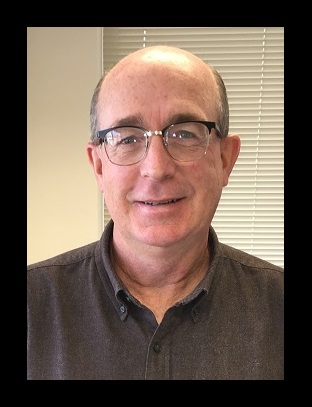Steve Whipple: 15 minutes of fame, and then some

Steve Whipple has had some experiences, for sure. He has appeared on TV globally, had a leading role in several major Caltrans projects, and batted away a potentially life-ending illness.
He has even thrown out a ceremonial first pitch in a World Series. How many other engineers can make that claim?
At 5:04 p.m. on Tuesday, Oct. 17, 1989, Whipple was commuting from his Richmond office to his Pittsburg home when the ground shook and his life’s course changed. By midnight Thursday he was at the collapsed Cypress structure, where for two weeks he worked 12-hour shifts, supervising shoring activities, not leaving until all bodies had been removed.
But there was one solitary moment that led to Whipple being interviewed by international journalists, quoted and pictured in People magazine, and being asked to throw out a ceremonial first in the rescheduled Game 3 clash between the Athletics and Giants.
It was the moment that Whipple spotted a motorist trapped in the Cypress structure who was still alive some 84 hours after the earthquake.
In his Loma Prieta Oral History project interview on Nov. 7, 1989, Whipple tells Jim Bush what happened shortly before daybreak on Saturday, Oct. 21, when he was up in a construction “cherry picker” bucket peering between the pancaked decks.
There was a car “40 feet away, plus or minus,” he says. “Through a narrow crack I could see the back of his head. I could tell the condition of his car, the position of his car. I thought I saw someone else in the car with him. The flashlight I had wasn’t that good. Standard state issue. [Whipple chuckles.]
“So I was concentrating, I made notes in my notepad that we had one or two DOAs in this car. Confirmed that you could see a body, at least, possibly more. Then I made that note, and then before I left I decided I’d take one more quick look to see if I could really determine whether it was one or two people. And that is when Buck Helm raised his hand and waved at me, motioning me that he was alive. …
“It was very quiet out there because no work was going on. No equipment was running. There was a slight breeze, but other than that it was dark and quiet. … It was like seeing a ghost.”
Helm eventually was removed, with much fanfare. (He succumbed to his many injuries a month later.)
Caltrans public affairs leaders at the time embraced Whipple’s discovery of Helm as a marketing opportunity. “We’re going to throw you at the media,” he was told. This past May, seated in his Oakland office, Whipple said he often speaks for the department when reporters inquire about earthquakes.
“I never screwed up with the media, is the way I phrase it,” the District 4 principal construction manager said.
"It was very quiet out there because no work was going on. No equipment was running. There was a slight breeze, but other than that it was dark and quiet. … It was like seeing a ghost."
Between bouts before microphones and journalists' notebooks, Whipple has racked up accomplishments as an engineer, working on Bay Bridge retrofits, the Cypress corridor, the toll-bridge program and the fourth bore of the Caldecott Tunnel. He also served as construction manager on two “once-in-a-lifetime projects”: the new Carquinez Bridge and Devil’s Slide along Highway 1.
“Those good jobs allowed me to work with a lot of good people,” said Whipple, 59. “Absolutely. And that’s what has kept me here.”

His career was nearly cut short when a nerve and blood vessel started to tangle up inside his forehead, causing crippling pain.
“The condition actually has a nickname,” Whipple explained. “The common name for it is ‘suicide disease,’ because like 55 percent of people commit suicide within three years of diagnosis.”
He underwent brain surgery in 2014, and the pain was “gone immediately.” Overall, he has returned to good health.
Whipple came directly to Caltrans from Michigan State University in 1983. He and his wife, Jenny, still live in the same house in Pittsburg. They have two sons: Sam, 23; and Joey, 22.
Sports Illustrated ran a story (“Ball One,” by Steve Wulf) in its April 12, 1993, issue about ceremonial first pitches at major-league games. It includes a picture of Whipple just after he threw to A’s third-base coach Rene Lachemann.
“One of the most eloquent first ball ceremonies came before the resumption of the 1989 ‘Earthquake’ World Series in the Bay Area, when 12 ordinary people [including Whipple] who had done extraordinary things for emergency services during the disaster were given the honor for Game 3 at Candlestick Park. Says Giant coach Bob Brenly, who caught one ball. ‘They picked the right people that day. If ever there was an appropriate ceremony, that was it.’
“Every once in a while, that first pitch is a strike.”

